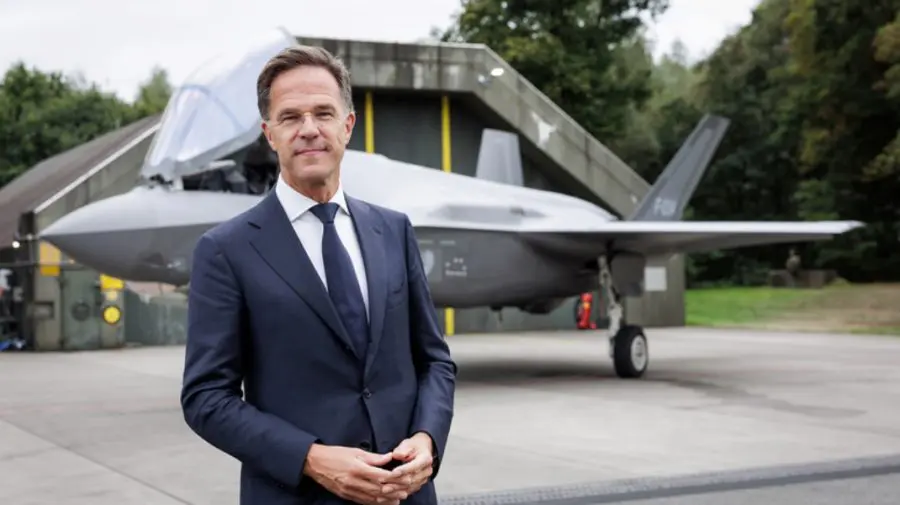NATO began its annual nuclear deterrence exercise, known as “Steadfast Noon”, at the start of the week, a training activity planned well in advance, which takes place every year and is not related to current geopolitical events. The exercise, mainly held at the Volkel air base in the Netherlands, represents a key component of the Alliance’s strategy to maintain readiness and transparency regarding its nuclear posture.
On October 10, 2025, NATO Secretary General Mark Rutte made the announcement about the Alliance’s annual nuclear deterrence exercise – “Steadfast Noon”.
“We will see aircraft – like the impressive Dutch F-35A behind me – participating in the exercise, alongside aircraft from across the Alliance. It’s important to say that this exercise takes place annually. It’s a training carried out every year, a routine activity, and we need to do it, because it helps us ensure that our nuclear deterrence force remains as credible, safe, protected, and efficient as possible,” he declared from the Volkel air base, in a video recorded on September 18 of the current year.
According to the official, the exercise also sends a clear signal to any potential adversary that “we will and can protect and defend all Allies against any threats. I really want to wish all participants much success in the exercise! It’s great that you are doing this. It’s very important”.
The exercise does not involve real nuclear weapons
“Steadfast Noon” aims to test and improve cooperation procedures between allied air forces in scenarios related to nuclear deterrence, but does not involve real nuclear weapons, but about 70 aircraft from 14 allied countries, including a mix of conventional and dual-capable aircraft. Among the support means are: surveillance aircraft, air refueling, and command and control.
In addition to the main base in the Netherlands, support activities will also take place at Kleine-Brogel (Belgium), Lakenheath (UK), and Skrydstrup (Denmark).
American Colonel Daniel Bunch, head of nuclear operations at the Allied Forces Headquarters in Europe (SHAPE), stated that organizing and conducting an exercise like “Steadfast Noon” represents a complex allied effort: “In total, we have around 2,000 people directly involved in supporting this exercise,” he said.
Jim Stokes, NATO’s director of nuclear policy, explained that the exercise’s role is to promote transparency: “It’s about promoting transparency when and where it’s appropriate, so that allied populations and the whole world understand well what we are doing.”
NATO planners also say they are not worried about possible drone activity during the exercise, in the context of recent incidents with the appearance of unidentified ones in several European countries. Each edition of the exercise is hosted in rotation by a NATO member state.
Why is it important?
Maintains the readiness of allied forces. It’s an annual training that checks procedures, coordination, and interoperability among member countries in the context of a potential nuclear operation. It practices the transport, handling, and protection of nuclear weapons safely, using training replicas.
Strengthens the credibility of nuclear deterrence. Deterrence only works if potential adversaries believe that NATO can and is prepared to respond. Steadfast Noon-type exercises show that allied nuclear forces are operational and secure. Although it involves nuclear weapons only at the simulation level, the exercise is publicly announced to avoid misunderstandings or unnecessary escalations. NATO insists that no real weapons are used, precisely to underline the defensive and routine nature of the activity.
Coordination of countries with nuclear sharing and strategic message for adversaries. Countries that do not possess nuclear weapons – such as Germany, Belgium, the Netherlands, or Italy – participate through training missions, based on nuclear sharing agreements, thus strengthening solidarity among allies.

